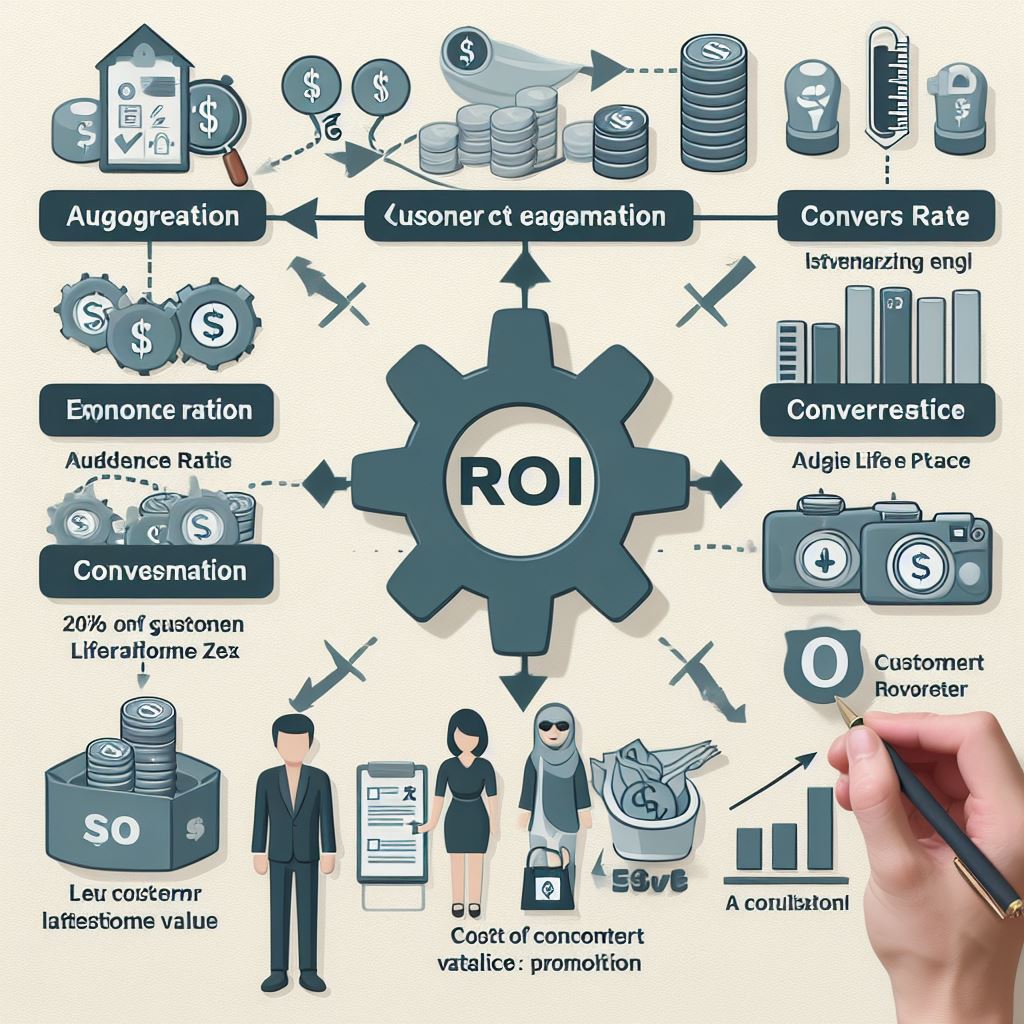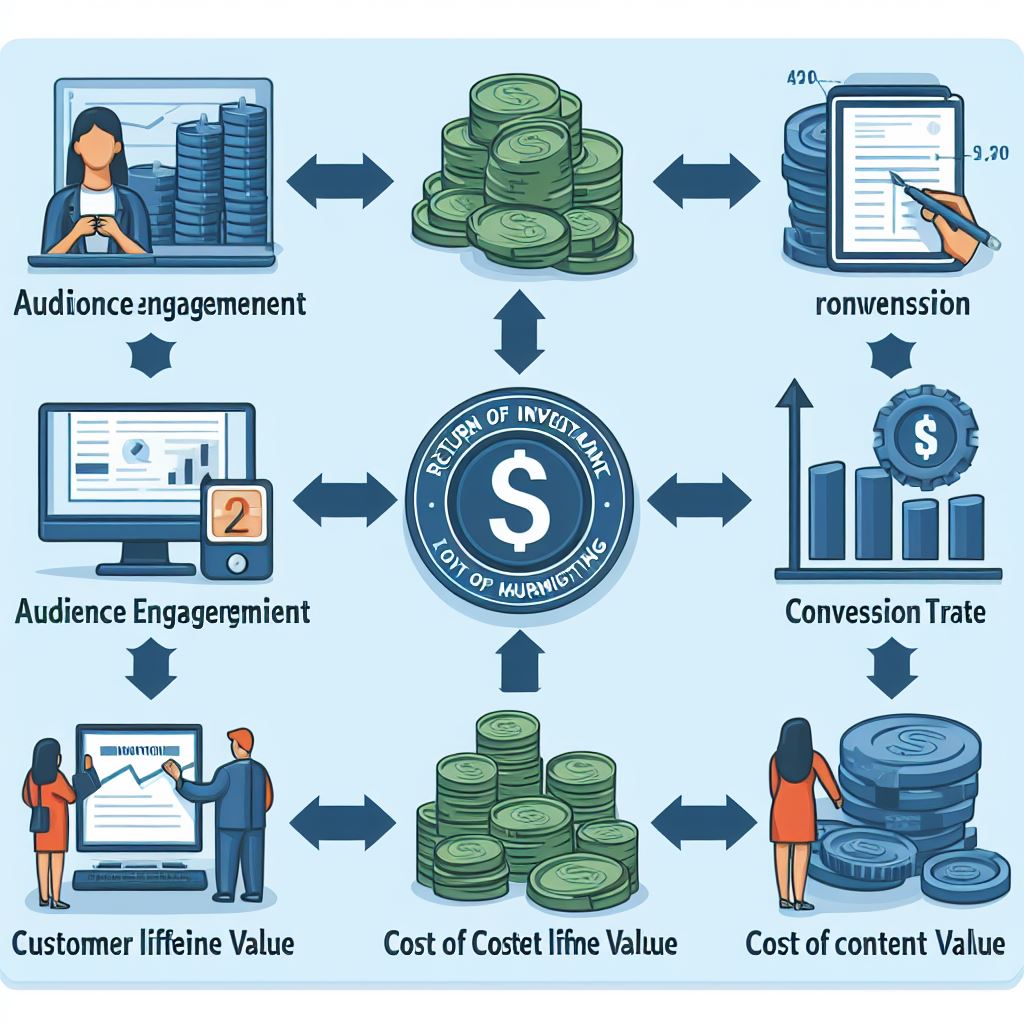Content Pillars: Why Content Pillars Are Crucial For SEO
In this era of digital marketing, the success of any content marketing strategy is determined by its content pillars. This means that they are very important as they not only help in producing a consistent and relevant content but also enhance SEO of a website, thus being a must-have for many companies that strive to top search engine rankings. The main goal behind this article is to look into the meaning behind these posts, why are they significant and how can content pillars boost up your presence online.
What Are Content Pillars?

The concept is built around the idea of “content pillars,” which represent comprehensive themes or topics that brands or websites major on in order to prove their niche dominance. All other types of blogs, videos, podcasts and infographics that are related with the key topic serve as backlinks. This way, businesses may confidently create brand voice and become an expert in their field through regularly creating publications based on these core ideas.
Why Content Pillars Are Crucial For SEO
There is no understating the value of content pillars for SEO. These assist you with structuring your site’s content in such a way as to allow search engines to crawl it easily so that they can be able index it properly. Consequently, organizing your website’s structure increases visibility on SERPs because it helps Google recognize how authoritative and relevant your information are for given keywords or queries about them. Secondarily, through having well developed pillar posts one could improve user experience attracting more visitors who will spend longer time at his resource considering it valuable from SE point of view.
Implementing Content Pillars In Your Strategy
Find Your Core Pillars: Firstly determine what matters most to your brand and audience by identifying core thematics.. At that level try not being too narrow since you need some space for wide range materials while maintaining specificity enough to define your expertise and worthiness.
Conduct Keyword Research: Moreover, When conducting keyword research, you can understand the search terms and phrases utilized by your targeted audience. This is what will inform the production of pillar pages and associated content so that they are optimized for web searches and resonate with your audience.
Create Pillar Pages: The website should have a comprehensive authoritative page for each content pillar. These must serve as building blocks since they will offer a general perspective on the topic while linking to extensive subtopic materials for readers who need them.
Produce Supporting Content: Thereafter, one needs to develop some other smaller articles which address the subtopics of every pillar. These should be interlinked with one another in order to build up an SEO-tailored information network.
Promote Your Content: Apart from driving traffic to your content, this has a way of making it visible hence shareable too which enhances its visibility thus improving SEO. Hence, promotion not only sends people to where your main message is but also increases its range and viral capacity assisting in growing SEO.
Monitor And Update Content: Regularly go through your pillars’ contents and underlying posts so that you make sure all still correctly reflect their subjects while being well optimized for search engines. Refreshing topics helps those who visit more than once stay engaged with it but updating such information boosts its competitiveness in search rankings.
Examples of Effective Content Pillars
A health and wellness brand might have content pillars like Nutrition, Exercise, Mental Health, and Lifestyle. By utilizing these concepts as anchors each section would be supported by relevant articles, guides, videos or infographics that delve into subtopics such as healthy recipes for cooking at home stress management exercises or different practices in nutrition trends today’s society.
Conclusion
In conclusion, content pillars are a vital part of any content marketing strategy that will enable value, cohesiveness and SEO-friendliness of the text. With your content pillars handpicked and built smartly, you can position your brand as an expert in its field, enhance search engine ranking, ultimately driving more traffic and interactions to your website.






